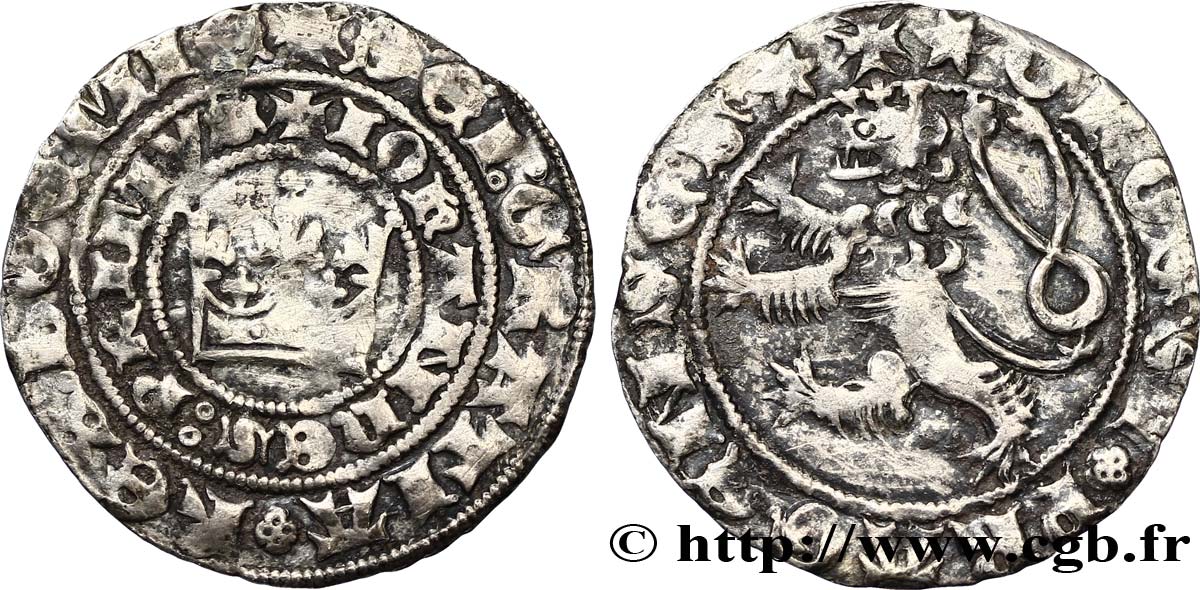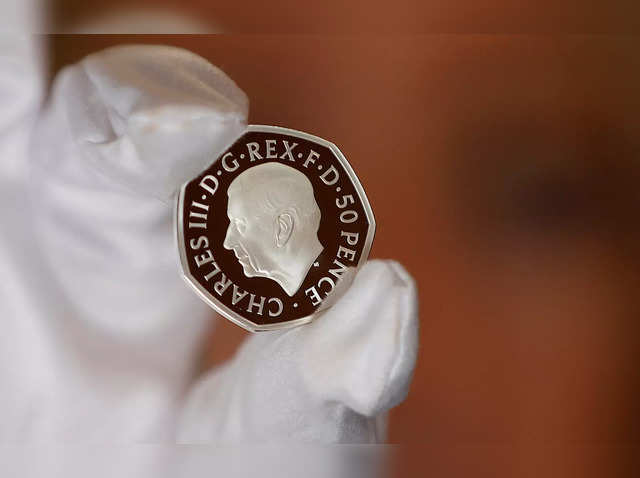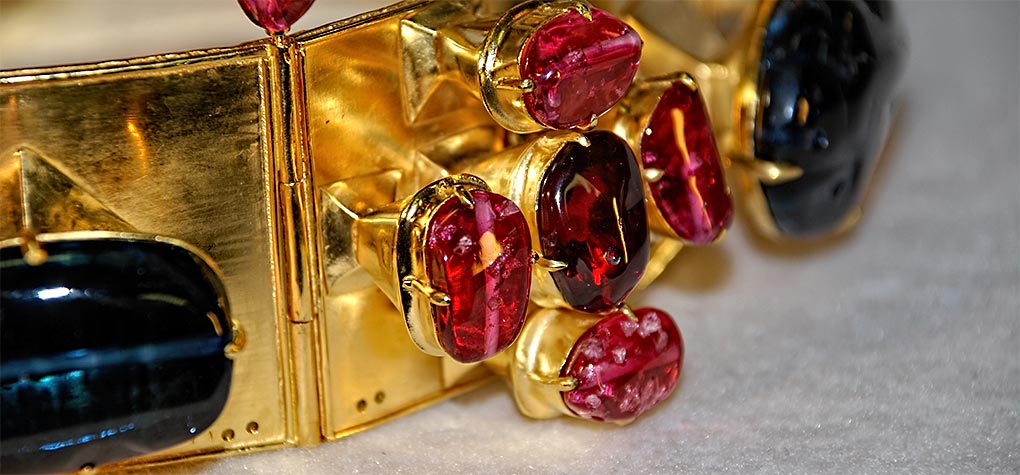Recommended Reasons On Hand Polishing Czechoslovakia Coins
Wiki Article
Why And How Is A Model Made Of Plaster Converted Into A Digital 3d Model For Gold Medals Or Coin?
The process of scanning involves the use of specialized equipment that captures the plaster maquette in digital form. The digital reproduction is used for a variety of reasons throughout the manufacturing process.
3D Scanning: High-resolution 3D scanners are utilized to capture all dimension and details of the model. These scanners use various methods like laser scanning, or structured light, to capture precise measurements and the geometry.
Capturing Surface Information- The scanner emits laser or light beams onto the surface of the model. The scanner records the surface information of the model through recording reflections, distortions and other effects caused by the beams.
Data Collection - As the scanner passes over the plaster model it collects an enormous amount of data, creating a digital version of the model's geometry contours and specifics.
Conversion into 3D Model. Specialized software converts the information into a 3D model. This model recreates the dimensions and physical attributes of the plaster model.
Why Create an Digital 3D Model
Digital 3D Models permit exact reproduction of physical models' details and dimensions. It is crucial to keep this precision to ensure that the final design of the gold coin or medal is in line with the original.
Digital models can be easily altered or refined. Designers are able to modify 3D models without altering the initial plaster model.
Compatibility With Manufacturing Processes Compatibility with Manufacturing Processes Digital 3D Models are compatible with different manufacturing processes like 3D printing, CNC machining, which allows the creation of dies or molds for mass production.
Archiving and Documentation- Digital 3D models function as an archived documentation of the design. Digitally stored 3D models may be utilized for future research, reproduction or documentation.
By scanning and creating a 3D digital representation of the plaster model, manufacturers and designers can simplify the process of manufacturing, ensuring exactness and accuracy when replicating the original model. Take a look at the top rated Scanning and 3D Modeling Czechoslovakia gold medals more recommendations. including euro coins, gold dollar coin 2000, online silver buying, gold coins and bullion, gold coin values, gold and coin near me, gold medal swimming, gold bullion cost, 1 oz silver price, st gaudens double eagle and more.

Why Do Dies Used For Striking Gold Coins Or Medals Undergo Procedures Of Vacuum Hardening?
To make dies harder to make gold coins or medals, they're subjected to controlled temperatures in an oven that is a vacuum. Here's a brief overview of the dies for vacuum hardening.
Diets used to strike medals or coins are cleaned and free of any contaminants.
Loading in Vacuum Furnace
The dies are placed inside a specific heat-treating room which can generate a vacuum.
Evacuation via Airplane
The vacuum chamber is made by removing air from the chamber and creating an environment controlled and free of oxygen. This prevents oxidation and provides uniform heat treatment.
Heating Phase-
The furnace has to be heated to the appropriate temperature required for the dies to be hardened. The temperature range is based on the material used and the processes for hardening.
Soaking at high temperatures
The material is allowed to attain the desired hardness, as well as the metallurgical structure is created.
Quenching (or cooling)
After the soaking phase it is possible to quickly cooled by using special methods. The rapid cooling aids in locking in the desired hardness and strength within the metal.
Tempering is an option
In a few cases it occurs following the stage of hardening. Tempering involves reheating the dies to a lower temperature, which helps alleviate internal stress and increase the toughness of the die while maintaining its toughness.
Quality Control and Inspection
The dies that are hardened undergo rigorous quality tests and inspections to confirm that they meet the standards for hardness, strength, and dimensional tolerances.
Post-Treatment Handling-
The dies will then be subjected to further processing like polishing or coating prior to being used to create the strike of the coin or medal.
The process of hardening by vacuum enhances the strength, durability, wear resistance and lifetime of the dies that are used for making gold coins or medals. This procedure, which creates an atmosphere free of airborne pollutants, assures that dies are consistently hardened and reliably, contributing to the overall quality and longevity of the product. Read the recommended vacuum hardening Prague Mint gold coins site advice including twenty dollar coin, gold medal swimming, gold quarter dollar, coin 1, valuable gold dollar coins, gold bullion coins, 2000 sacagawea dollar, price of gold 1 oz today, gold apmex price, purchasing gold bars and more.

What Are The Benefits Of Sandblasting Certain Kinds Of Textures Or Finishes, Like Matte Surfaces Or Textured Ones?
Sandblasting is a great method for creating smooth or textured surface on silver or gold coin and medals. The process of Sandblasting is explained.
Surface preparation: The coin, medal or other object is put in an enclosed compartment or cabinet that has an nozzle connected to compressor. This chamber may be enclosed to contain the abrasive material used in the procedure.
Abrasive material selection- High speed propulsion of small particles of abrasive abrasives, such sand or silicon carbide or glass beads and aluminum oxide onto the surface.
High-Pressure propulsion - Abrasive particles can be launched onto a surface using compressed gas or another high pressure system. The force and speed at which particles are thrown onto the surface determines the finish or texture.
Texture Creation- The impact of the abrasive particles the surface results in a textured or matte appearance, by changing the topography of the surface. This process can be used to create an even texture or roughen specific regions.
Controlled Application: Sandblasting's strength, duration, and the angles of application can all be controlled to produce different designs or textures. Different pressure levels or abrasives produce different results.
Sandblasting can be used for many reasons
Texture Variation: Sandblasting is a great method to create different textures or finishes on medals and coins including glossy or frosted surfaces. It adds visual appeal and distinct characteristics.
Aesthetic Enhancement - Sandblasting alters the appearance of the surface by reducing the shine and diffusing the light reflection. This improves the visual appeal of the medal or coin. Matte finishes can in particular, draw attention to certain design elements as they can reduce glare.
Sandblasting properties to reduce glare - Through using sandblasting, a the appearance of a matte or textured surface could be made. This reduces glares and reflections. The medals and coins look more appealing and easy to read without interference from light.
Contrasting Elements in Design - Sandblasting is employed to create contrast between the areas which are polished or textured on coins or a medal. It can be used to highlight certain design features or add depth and dimension.
Sandblasting provides customization options that permit artistic expression and permits medals, coins, or other items to be created with textures or finishes unique to the style.
Sandblasting is a multi-faceted process used to create various texture or surface finishes on gold-plated coins and medals that contribute to their appearance, and overall design. Follow the top rated sandblasting Prague Mint gold medals site advice. including buy coin gold, 2000 p gold dollar, 100 grams gold biscuit, online silver buying, krugerrand coin, gold silver dealers, kruger rand, coin gold price today, saint gaudens double eagle, $20 gold piece and more.

What Happens When Gold Coins Or Medals Go Through Quality Inspections To Make Sure They Are In Line With Standards??
The checks are made to ensure the coins or medals are in compliance with specifications and have an accurate surface. The checks are comprised of many steps.
The inspectors examine the medal or coin visually for surface flaws imperfections, blemishes, or flaws. They examine the coins for flaws, including scratches, marks and irregularities.
Dimensions and Weight
Each medal and coin is tested for weight to ensure it conforms to the specified dimensions, weight, thickness and diameter. Any deviations could signal an issue with the quality.
Composition and Purity of Metals
Utilizing X-ray fluorescence (XRF), chemical analysis or other testing methods to verify the gold content and purity of the coins or medals. They must be in compliance with gold content and quality requirements.
Edge Inspection
Inspectors inspect the edges of coins and medals to ensure uniformity, any irregularities (if there are any) and that they are reeding. The edges are a crucial element to be incorporated into security features as well as other design elements.
Strike quality
Each coin is scrutinized to determine their quality of strike. This includes the clarity and clarity in design details as well as reliefs and the overall appearance.
Minting and proofing mistakes
Proof coins and special editions are inspected with a careful examination in order to find any imperfections, mistakes or discrepancies which could affect their collectible value.
Packaging and Packaging and
Quality tests extend to packaging and presentation, ensuring that coins or medals are properly sealed, stored, or placed in cases or holders without any damage or contamination.
Random and Sampling Checks
Random checks and sampling are conducted throughout batches to ensure that quality standards are maintained during the process of minting.
Documentation and Compliance-
The documentation of all quality checks is done to ensure compliance with regulations and certification requirements. These records provide proof of the authenticity and quality of the product.
Rejecting non-conforming pieces
The high quality of coins and medals are maintained by reprocessing or rejecting any that do not meet the requirements of these standards.
Through these rigorous quality checks, mints ensure that the gold coins or medals meet the requirements for quality, such as quality, authenticity of appearance and value. They provide peace of mind to collectors as well as investors and buyers. Have a look at the best Prague Mint gold medal quality control site advice. including 1oz gold price today, double eagles, gold dollar coin, 1 oz gold eagle, 1 10 ounce gold coin, 1975 gold penny, mexican gold coins, 1 ounce of silver, gold coins near me, 2000 p gold dollar and more.
